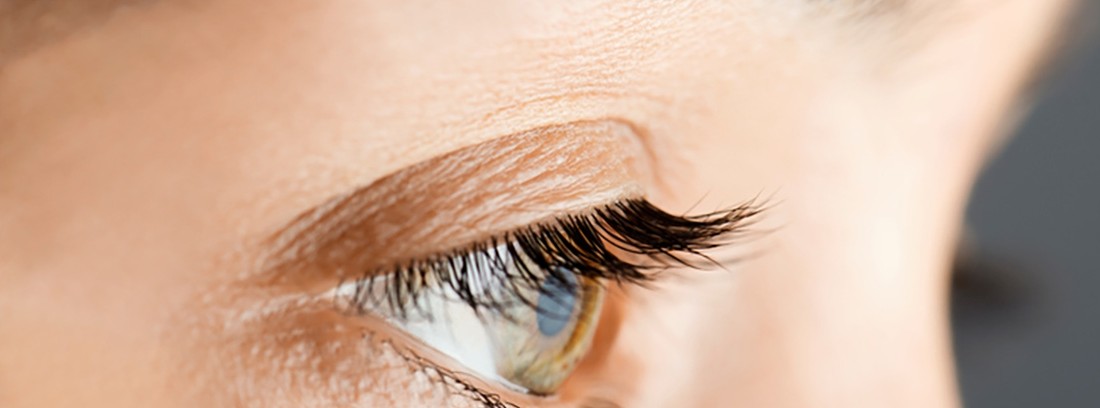Eyelid diseases
 | The eyelids are fundamental anatomical structures for eye protection and like any other part of the body, they are susceptible to any disease or pathology
| The eyelids are fundamental anatomical structures for eye protection and like any other part of the body, they are susceptible to any disease or pathology
Various diseases can affect the eyelids with the consequent effect on vision and on the ocular surface. By far the most common eyelid diseases are inflammatory / infectious, which can affect both the upper and lower eyelids.
Blepharitis
The inflammation affects the eyelid margin, they are generally infectious but can also be due to an excess of fatty secretion (seborrheic blepharitis). It is the most frequent cause of consultation about eyelid problems in ophthalmology. The symptoms can vary, the most common being redness, swelling, itching and scaling of the area.
When an oil gland in the eyelid or eyelashes becomes infected, a small painful nodule known as a stye forms. pain appears, very localized redness that may collect pus, and a foreign body sensation.
Generally, the treatment of blepharitis is based on eyelid hygiene with careful cleaning of the eyelid margins with specific cleaning solutions, application of hot compresses, topical antibiotics and artificial tears if there is decreased lacrimation and dry eyes.
Other diseases of the eyelid
These are some less frequent diseases that affect the morphology or position of the eyelid:
- Eyelid ptosis: it is the drooping of the upper eyelid. This is classified as congenital (that is, it appears at birth) or acquired. Acquired can be secondary to various diseases, such as neurological diseases myasthenia gravis). Treatment depends on the cause, and surgery (blepharoplasty) may be necessary to prevent the eyelid from blocking vision.
- Ectropion and entropion: both are malpositions of the palpebral edge in which it is inwards (entropion) or outwards (ectropion). This causes injuries to the ocular surface due to inappropriate friction. Treatment is generally surgical.
- Blepharospasm is an involuntary contraction of the orbicularis muscle, which causes a very annoying closure of the eye and that can greatly affect the quality of life, preventing the patient from doing any activity. It can be of unknown cause (idiopathic) or neurological (dystonia). The most effective treatment is infiltration of the muscles with botulinum toxin, which weakens them, reducing blepharospasm.
The ophthalmologist is the specialist who generally treats eyelid problems, although sometimes other professionals such as neurologists must participate, if the cause is systemic diseases with eyelid manifestations.
- Blepharitis is the most frequent cause of consultation about eyelid problems in ophthalmology.
- Generally, the treatment of blepharitis is based on eyelid hygiene with careful cleaning with specific cleaning solutions.
- The ophthalmologist is the specialist who generally treats eyelid problems. They have a wide medical staff of ophthalmologists, in addition, exclusive prices for the correction of myopia, hyperopia, astigmatism and presbyopia.
(Updated at Apr 14 / 2024)